Kingdom Plantae Family Cactaceae Tribe Opuntieae | Rank Genus | |
 | ||
Similar Grusonia, Corynopuntia invicta, Pterocactus, Brasiliopuntia, Cumulopuntia | ||
Corynopuntia clavata turgor pressure
Corynopuntia, also known as club chollas (or "perritos" in Mexico), is a genus in the family Cactaceae, established by Knuth in 1935.
Contents
- Corynopuntia clavata turgor pressure
- Corynopuntia guccinii
- Etymology
- Description
- Nomenclatural hystory
- Distribution
- Ecology
- List of species
- References
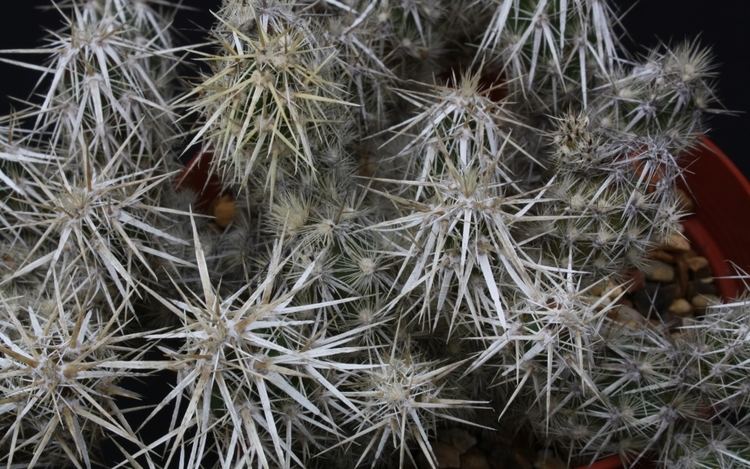
Corynopuntia guccinii
Etymology
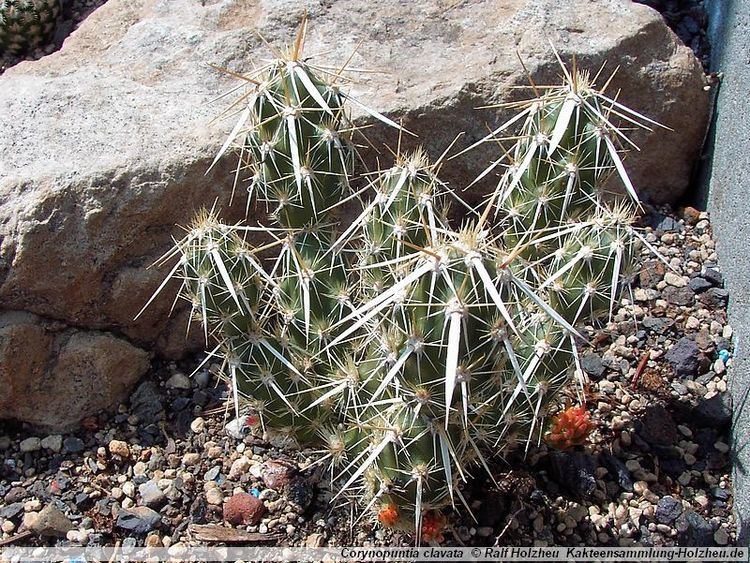
The name Corynopuntia comes from the Greek coryne, meaning ‘club’, and refers to the club-shaped branch segments, so "club opuntia", club cholla.
Description
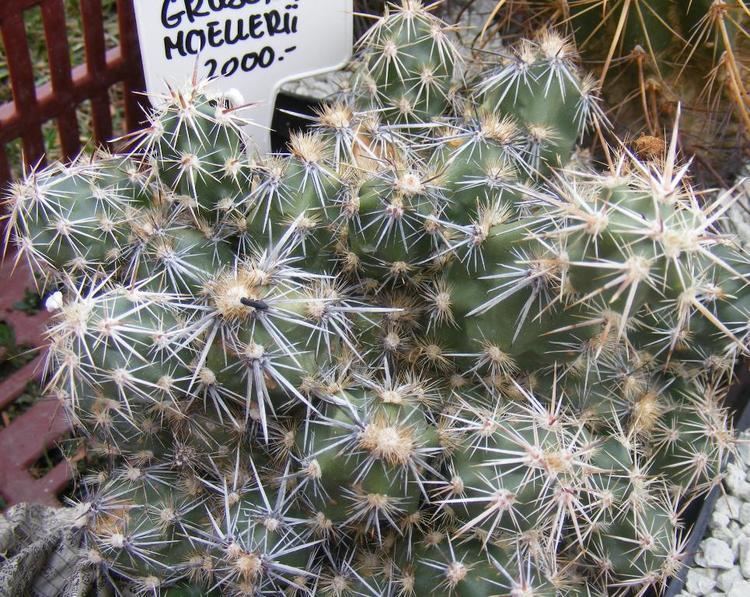
These opuntioid plants grow in low opuntioid cushions, consisting of rather ovoid or slightly clavate segments, from 1 up to 25 cm long, tuberculate, not ribbed, glabrous. Spines are strong, very prickly and dangerous, covered on their margins by fine denticles, with epidermal tunica (sheath) at the apex only. Flower generally yellow, few species have pink to deep magenta flower. Fruit narrowly obconic to ellipsoid, fleshy at first but soon drying, yellow to brownish, often stinky, generally full of glochids and spiny. Seed yellowish white to brownish, suborbicular or flattened. Most of the species belonging to Corynopuntia show a very similar morphology, apparently with few differences, so this genus was little studied. Recent in-depth field and lab researches are improving the knowledge about these plants, showing the existence of many undescribed species. Whilst Corynopuntia members are morphologically similar one to each other, the mentioned research studies highlighted that wild club chollas rarely naturally hybridize when they grow sympatric.
Nomenclatural hystory
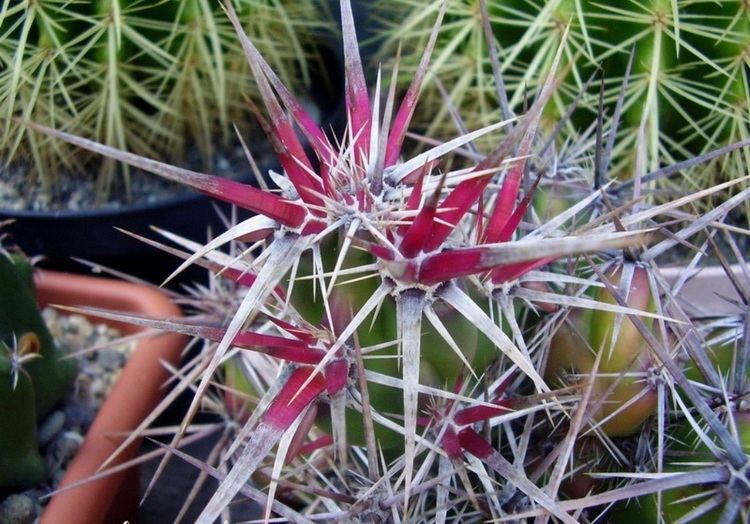
The genus Corynopuntia F.M.Knuth was first set up in 1935 as a segregate from Opuntia (L.) Mill., but was reduced to sectional rank by Benson in 1969 and slightly elevated again to a subgenus by Bravo in 1972. In 1999, Anderson included Corynopuntia in his enlarged concept of Grusonia Reich. ex K.Schum., but only in the last ten years or so, thanks to pioneering DNA work by Dickie in 1997, subsequent molecular data from Wallace and Dickie (2002) and Griffith (2003), and seed micromorphology studies by Stuppy (2002), has Corynopuntia been reinstated as a distinct genus by the Cactaceae Consensus Group (Hunt, 2006), and accepted on The Plant List.
Distribution

The members of the genus Corynopuntia are native of South-Western United States (California, Arizona, Nevada, New Mexico and Texas) and Northern Mexico (States of Baja California, Baja California Sur, Sonora, Chihuahua, Coahuila, Nuevo Leon, Durango, Zacatecas, San Luis Potosì, Tamaulipas), from 60 up to 2000 m above the sea level.
Ecology
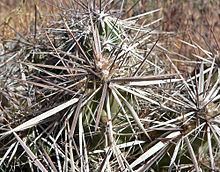
Club chollas grow generally in very dry areas, on flats or gentle slopes, fully exposed to the sunlight or sometimes under sparse bushes. Depending on the species, they grow on sandy, loamy or gravelly soil. The stem segments of several species readily break off when touched: this is an important method of vegetative reproduction for these cacti, since the finely toothed spines stick to animal skin or fur, then the segment can be transported even for miles. The barbed spines can remain embedded in the skin, causing discomfort and sometimes injury.
